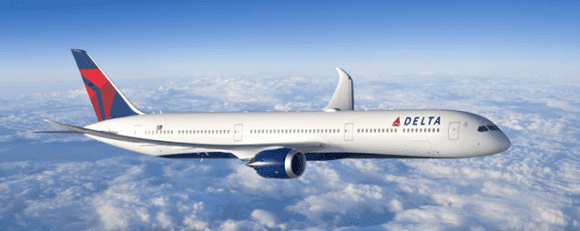ABC News is reporting that the Boeing 737-300 involved in the Southwest Airlines emergency Friday had fatigue cracks.
Citing an unidentified source, ABC said the cracks were found near the six foot long hole but that it is unclear, at this point, if they contributed to the cabin split.
Over at Leeham News, it turns out Friday’s airplane was of the same age and had about the same number of hours as a Southwest 737-300.
Surface cracks are not that uncommon, and are often repaired. The 727s had some issues, as do 737s. But the propagation of cracks on the 727 tended to be blocked and limited, whereas the 737 lacked as robust a structure and therefore inherent mitigation to growth to dangerous proportions. The problem is that a periodic inspection just before a crack occurs can miss a crack that emerges and propagates quickly. It is the speed of propagation in the 737 that is problematic. Of course, the pilots on their pre-flight walk about, can’t inspect the top half of the aircraft, nor do mechanics between maintenance visits.
We used to be able to more easily find cracks during the smoking on- board days, when the tobacco smoke would stain any potential crack on the surface, making them easier to detect. Today, we need x-ray devices and folks who understand how to interpret the results, which is a time consuming and expensive process to survey the entire top of an airliner. Cracks happen. The key is the maintenance guys looking for them and finding them before they become a problem.
This post was written by Scott Hamilton and Ernie Arvai.
Views: 24



